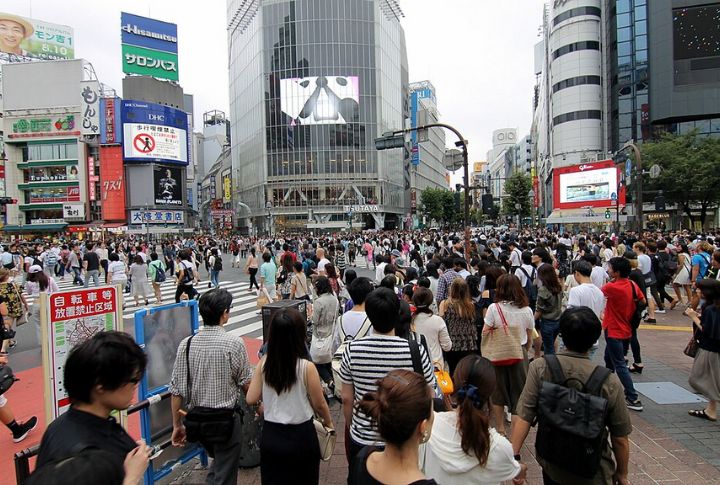
Tokyo’s population keeps climbing like it’s got no brakes, and it’s not just because people love ramen. There’s a mix of factors quietly shaping this urban giant. Interested in what keeps the city’s numbers booming? Here are the top 10 factors revealing why Tokyo keeps growing every year. Here’s a closer look.
Comprehensive Metropolitan Integration
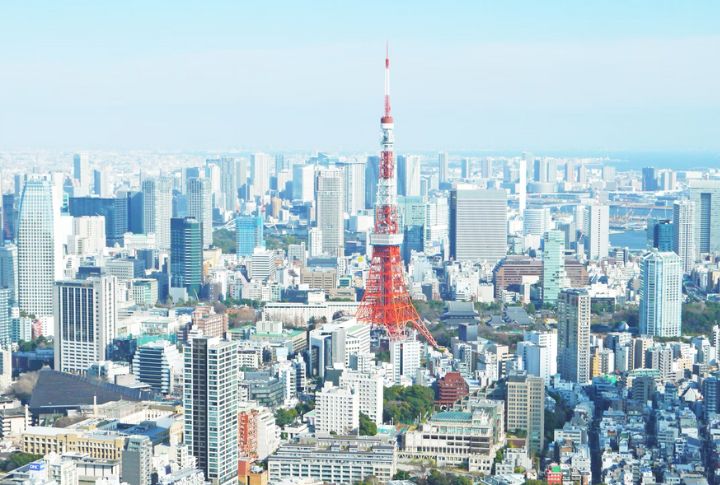
Have you ever wondered how Tokyo stretches beyond a single city? The Greater Tokyo Area merges with Yokohama, Chiba, and Saitama into a unified urban expanse. This seamless integration blurs municipal boundaries, allowing millions to commute effortlessly. Such collaboration among prefectures further demonstrates why Tokyo’s population swells to nearly 38 million.
Extensive Public Transportation Network
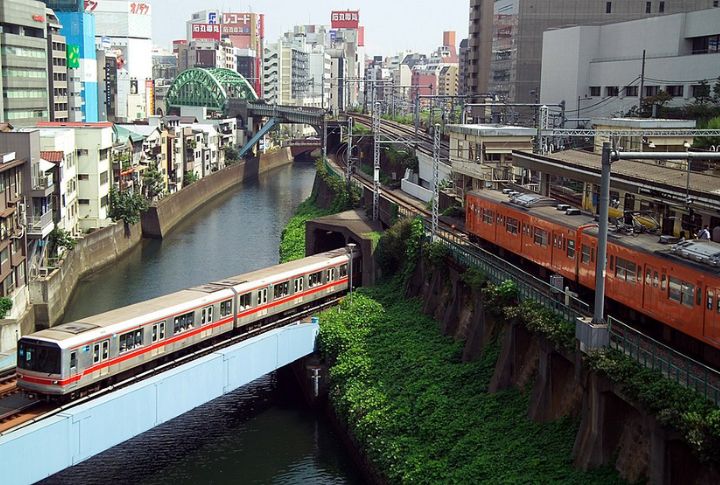
Just imagine boarding a train that arrives every two minutes; here, it’s reality. The Greater Tokyo Area’s rail system spans 4,714.5 kilometers, connecting 2,210 stations, while Tokyo proper’s network is smaller but highly efficient. From high-speed to subway lines, commuters enjoy punctuality and convenience, with more than 40 million passengers served daily.
Efficient Land Use Through Smart Growth
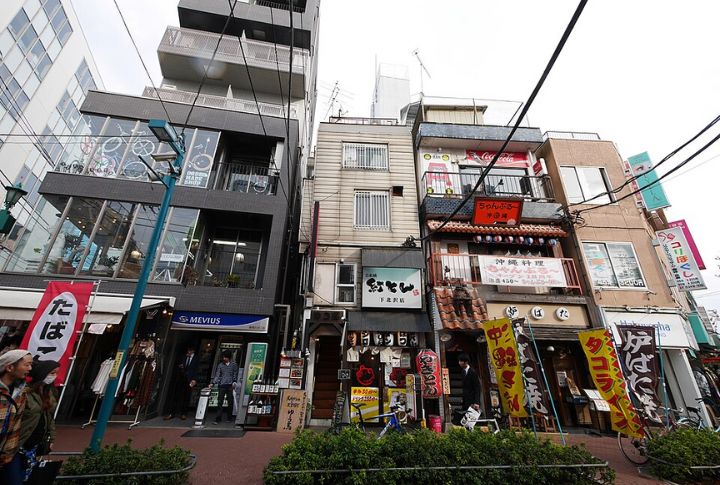
Tokyo embraces smart growth by redeveloping older low-density zones, such as parts of Setagaya and Nerima, into mixed-use neighborhoods. Parks and businesses share space efficiently, which shortens commutes. This approach limits urban sprawl, protects nearby natural areas, and helps Tokyo make the most of every square meter.
Effective Urban Planning And Governance
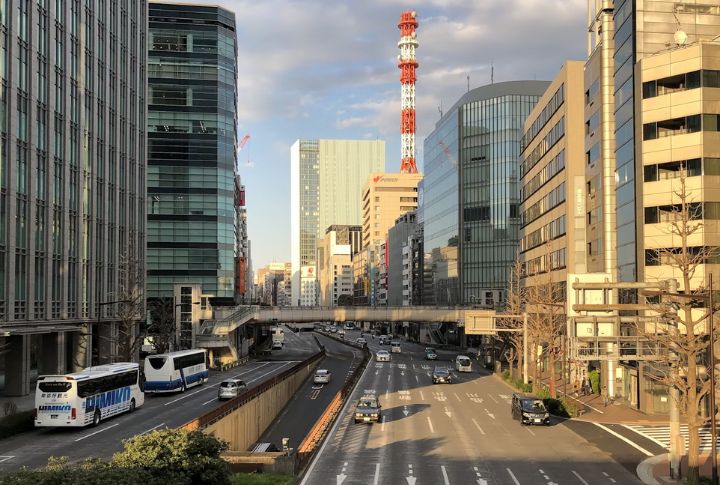
Effective urban planning by the Tokyo Metropolitan Government mitigates traffic congestion despite peak-hour challenges. Managing zoning and public services across 23 wards, the city uses data-driven policies to address congestion and green spaces, which contributes to preserving the quality of life for approximately 37 million residents.
High-Density Housing Development
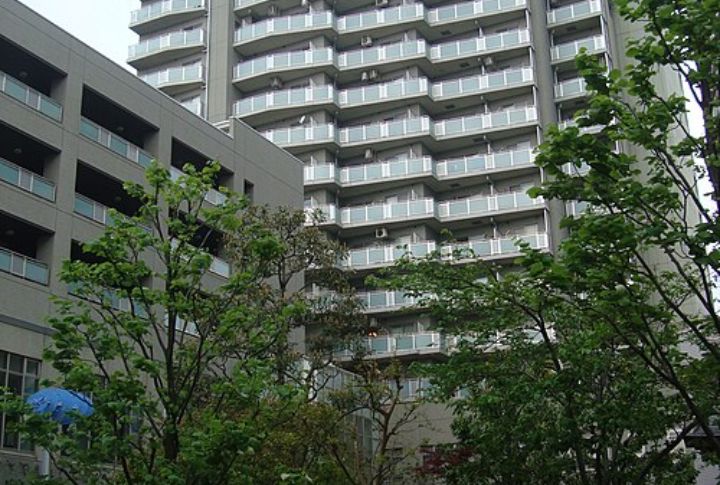
Looking for a place to live in Tokyo? Tall apartments and small homes maximize space while maintaining comfort. Development projects focus on vertical growth, linking residences to shops and transit hubs. Millions easily find affordable options within walking distance of amenities.
Economic Powerhouse With Global Reach
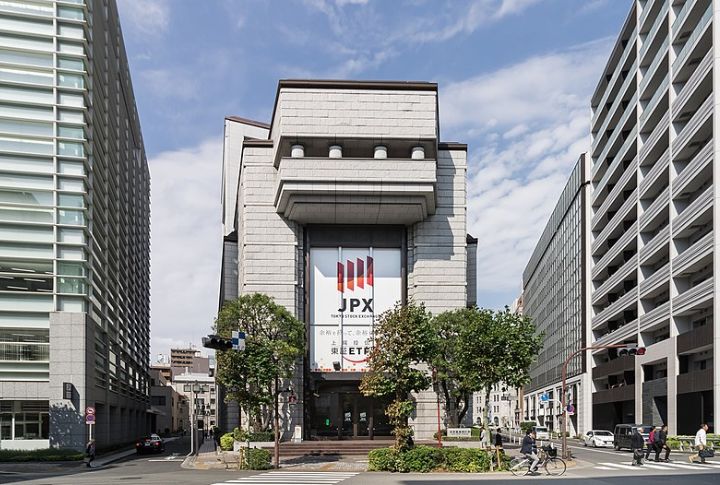
Tokyo isn’t just Japan’s capital; it’s an economic engine. Hosting over 30 Fortune Global 500 headquarters, the city drives innovation and trade, impacting markets worldwide. You’ll find industries from finance to manufacturing thriving here, all sustained by a mix of strategic urban planning and relentless economic ambition.
Resilience To Natural Disasters
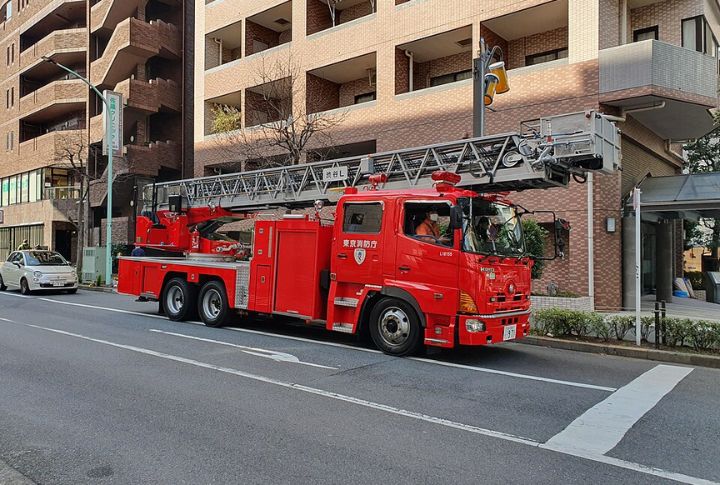
Tokyo’s ability to withstand earthquakes and typhoons comes from strict building codes and advanced infrastructure. Early-warning systems quickly alert residents, while regular emergency drills keep communities prepared. As a result, the city continues to function smoothly even during natural disasters, making it one of the world’s most disaster-resilient urban centers.
Integration Of Mixed-Use Developments
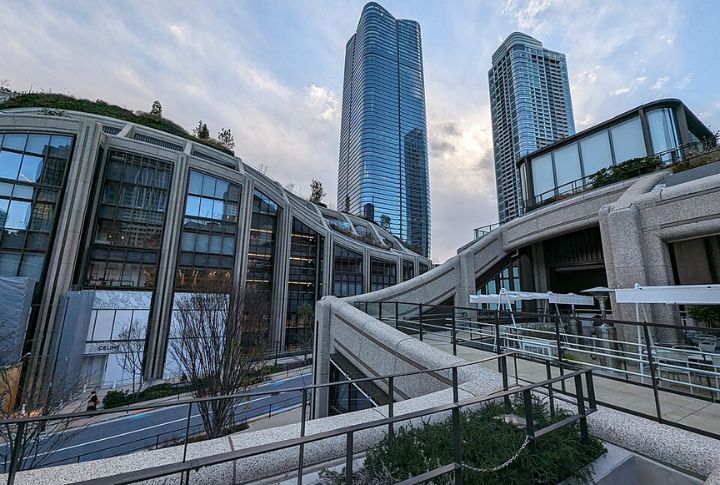
Developments like Azabudai Hills combine residential, commercial, and recreational spaces, reducing travel times and promoting a sense of community. By offering convenient access to everyday needs, mixed-use projects alleviate urban strain and contribute to creating dynamic, sustainable neighborhoods in Tokyo. This approach further supports a balanced urban ecosystem.
Integration Of Technological Innovations
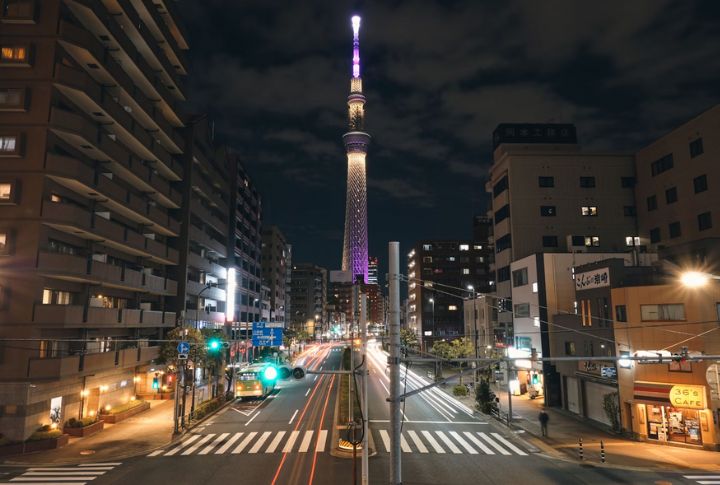
Tokyo’s technological innovations, like the Sky Mile Tower, showcase the city’s forward-thinking vision. Smart sensors, AI, and energy-efficient designs are now common in urban planning. These technologies help manage the rising population and reduce the environmental impact, which makes Tokyo a model for sustainable, high-tech urban living.
Proactive Environmental Sustainability Efforts

Green spaces, waste recycling, and energy-efficient buildings are central to Tokyo’s strategy for reducing its environmental footprint. Urban farming and solar power initiatives are increasingly adopted. It all adds up to a better life now and a city that’s ready for what comes next.
